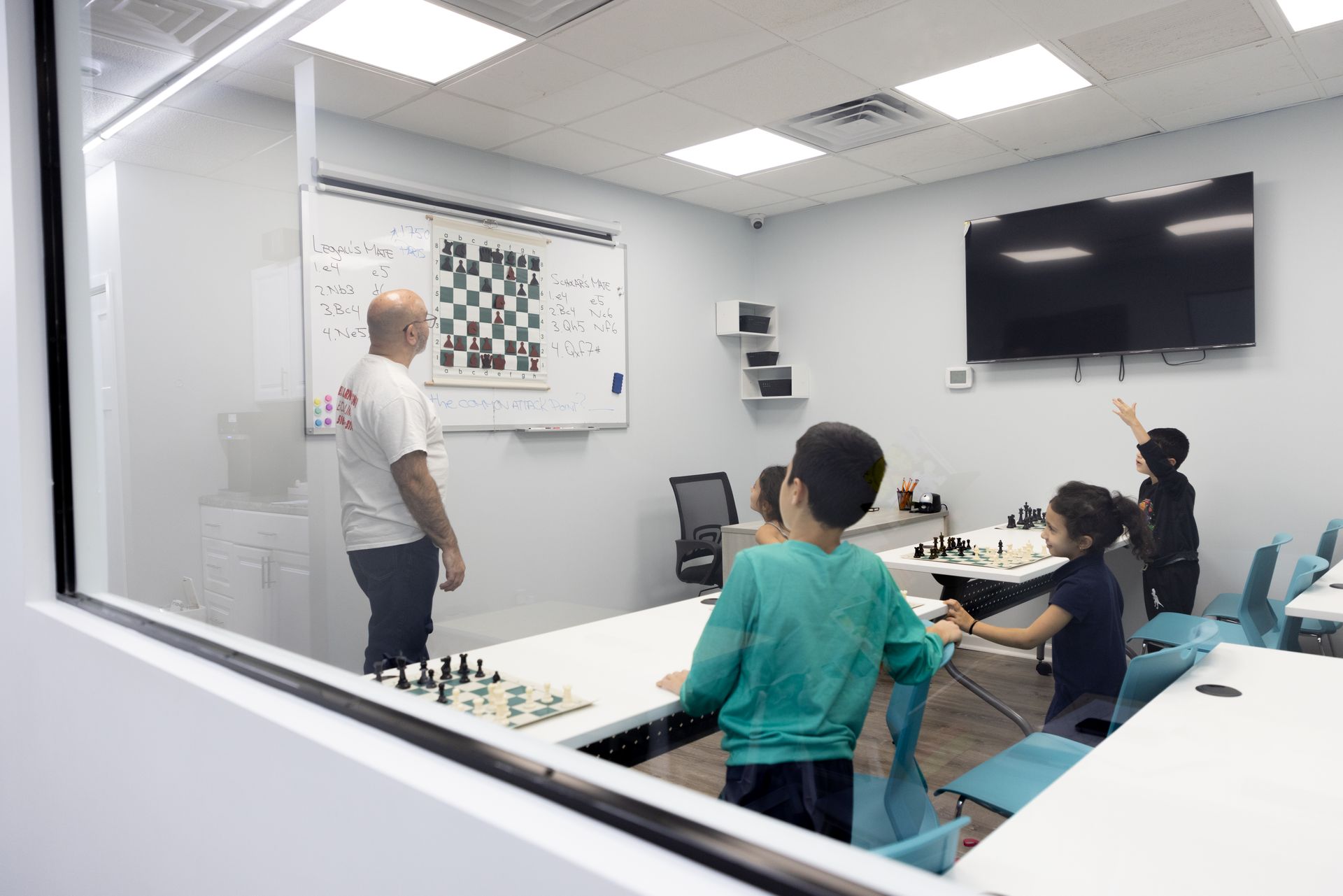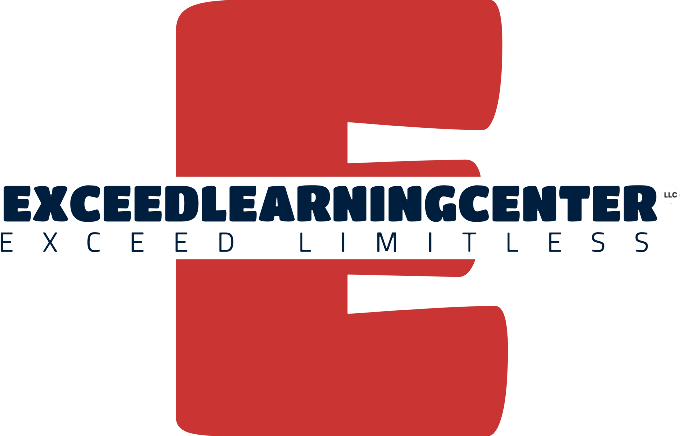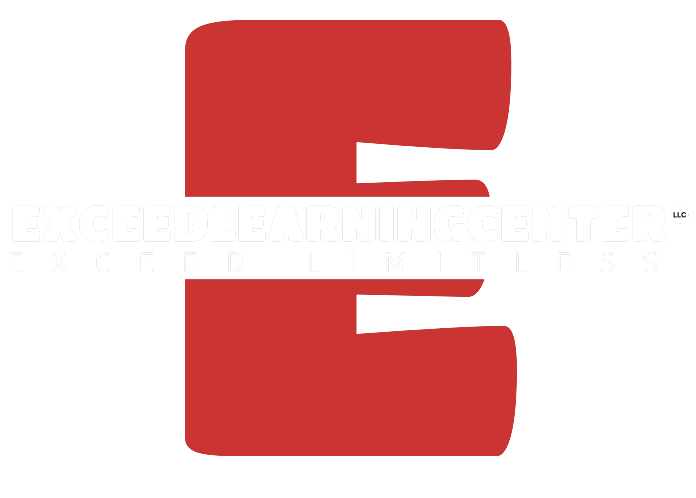Education Opens Up The Mind
OUR SERVICES
EXPLORE THROUGH OUR COURSES
Explore our diverse courses, from Abacus Mental Math to SAT Preparation, designed for all ages. Ignite your curiosity, enhance your skills, and exceed your potential with our dynamic and enriching programs.

Abacus Mental Math
Unleash the power of the mind with our Abacus Mental Math program. Designed to enhance cognitive skills and mathematical abilities, this engaging and proven method is suitable for students of all ages.

After School Programs K-5
Our after-school programs provide a nurturing environment for elementary school students (K-5) to reinforce their academic foundation, explore creative pursuits, & develop essential life skills in a supportive community setting.

Adult Workshops
Learning is a lifelong journey, and our adult workshops cater to individuals seeking to expand their knowledge base. Whether you're looking to acquire new skills, our workshops offer a diverse array of learning opportunities.

Empowering Teen Clubs
Empower the future leaders of tomorrow with our teen clubs. These dynamic and interactive programs provide a platform for teenagers to develop leadership skills, foster social connections, and explore their interests in a positive and supportive environment.

Tutoring Services For All Age
Our tutoring services cater to learners of all ages, providing personalized support to address specific academic needs. Our team of dedicated tutors is committed to helping students achieve their full potential and excel in their academic endeavors.

SAT Preparation Classes
Prepare with confidence for the SAT with our specialized preparation classes. Our comprehensive curriculum, experienced instructors, and strategic approach to test-taking empower students to tackle the SAT with skill and assurance.
Unlock Your Potential with Knowledge:
Invest in Your Future Today!
Unlock your potential through knowledge and invest in your future today. At Exceed Learning Academy, we believe in empowering minds to excel, ensuring a pathway to success and fulfillment.
Exceed Learning Academy: Igniting Minds, Illuminating Futures!
Courses available from K-12, College and Adult.

FREQUENTLY ASKED QUESTIONS
Your Guide to Understanding Exceed Learning Academy

18
Years Experience
Clear Communication
I simplify complex topics for clarity. Break down intricate ideas effortlessly with my concise communication, making challenging concepts accessible and eliminating confusion.
Interactive and Engaging Learning
Learning should be exciting! Our commitment: an interactive, engaging experience to keep you motivated. Say farewell to monotony & embrace a dynamic approach to education with us!
Personalized Support
I offer personalized support that caters to your learning style and pace. Whether you're a visual learner, an auditory learner, or prefer hands-on activities, I adapt to your needs, ensuring you absorb the content effectively.
REVIEWS/TESTIMONIALS:
Read what parents are Saying About Us
We’re trusted by more then 1000+ satisfied & happy parents & students.
By far this women has done a lot for our community. Great work and all of her students come out knowing double. This is a great facility where Olga makes sure each and every customer gets his own way of learning. And each student that comes they do exceed. Great work & my kids friends and family will always recommend.


Barbara P.
Parent Review
Olga is a very loving, supportive & highly intelligent person. These qualities are what makes her such a great educator. My son loved going to her classes especially, her Abacus class. She helped develop a love for math & more importantly a self confident young adult. I have referred several people to her & all have been highly satisfied.


Leora L.
Parent Review
Olga is a amazing tutor. She is patient, wise Dependable and devoted. I’m grateful to have found her. My other friend who was very happy with her Referred her to me and I’m so happy she did. She helped us with college process and was very knowledgeable. She is very helpful for revising essays etc. Would recommend her anyone!


Claudine A.
Student Review
VIDEO TESTIMONIALS
Trusted by Parents, Guardians, Students & Tutors
OUR DIFFERENCE
Why Choose Exceed Learning Center
Choose Exceed Learning Academy for a transformative educational experience. With seasoned educators, holistic development, state-of-the-art facilities, proven excellence since 2006, and dynamic programs tailored for all ages, we ensure an engaging, personalized, and successful learning journey.
Experienced Educators
Adult Learning Workshops
Diverse Course Offerings
98%
Student Success Rate
20+
Years of Experience
3K+
Satisfied Parents & Students
100%
Holistic Approach
OUR BLOG
Checkout latest news updates & articles
Have Questions?














